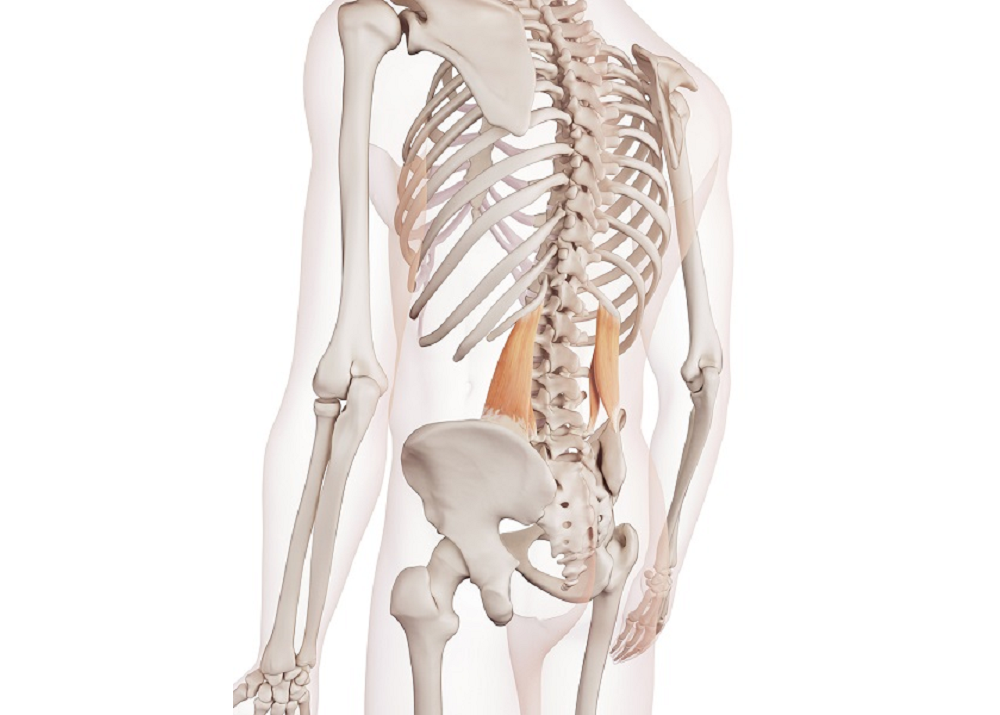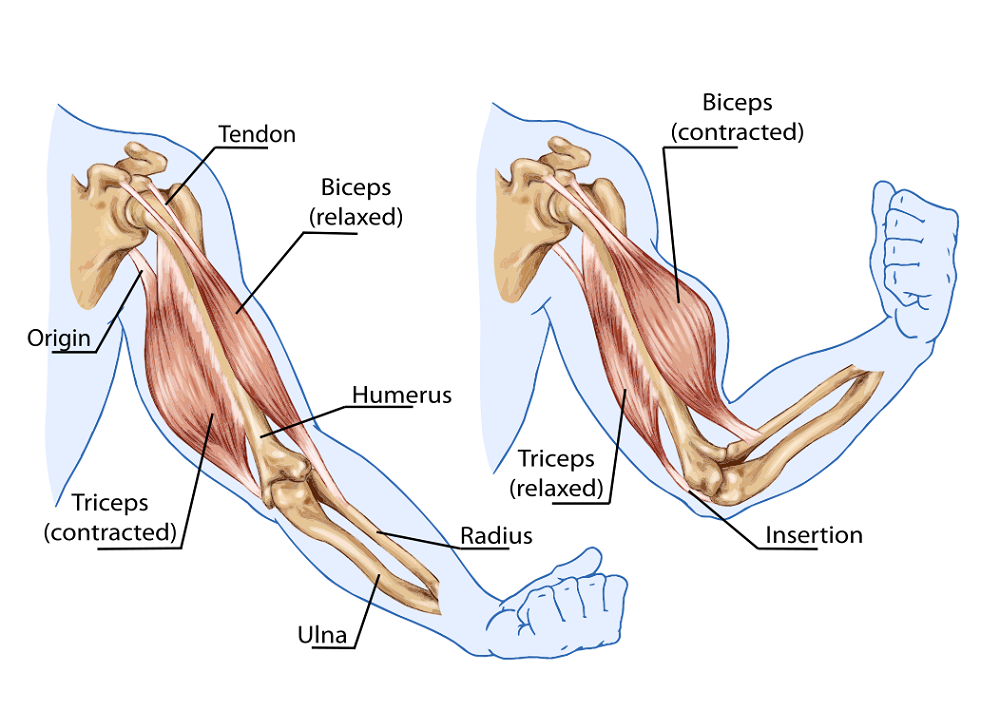KinX LearningIntroduction:
The human spine, a marvel of biomechanical intricacy, allows for a remarkable range of movements. Among these is lateral flexion, a nuanced action that involves bending the spine sideways. In this blog post, we embark on an anatomical journey, delving into the complexities of lateral flexion of the spine to unravel its mechanics, muscles involved, and the significance of this movement in our daily lives.
Anatomy of Lateral Flexion:
-
Spinal Column Structure: The spine is divided into cervical, thoracic, lumbar, sacral, and coccygeal regions. Lateral flexion primarily occurs in the cervical, thoracic, and lumbar regions, where individual vertebrae articulate to facilitate this side-to-side bending.
-
Intervertebral Discs and Facet Joints: Intervertebral discs, acting as shock absorbers, and facet joints, guiding vertebral movement, are essential components facilitating lateral flexion. Their interaction allows controlled bending while maintaining stability.
Muscles Involved in Lateral Flexion:
-
Erector Spinae Group: The erector spinae muscles, located along the spine, play a crucial role in maintaining posture and controlling lateral flexion. These muscles engage in a coordinated effort to control the descent and ascent of the spine during lateral movement.
-
Quadratus Lumborum: The quadratus lumborum, situated in the lower back, is a key player in lateral flexion. Its contraction on one side assists in bending the spine laterally, showcasing its significance in functional movements.
-
Internal and External Obliques: The internal and external oblique muscles, located on the sides of the abdomen, contribute to lateral flexion. Working synergistically, these muscles aid in bending the spine and provide stability during the movement.
Functional Aspects of Lateral Flexion:
-
Daily Movements: Lateral flexion is inherent in various daily activities, such as reaching for objects on the side, twisting the torso, or even bending to tie shoelaces. Understanding the anatomy of lateral flexion illuminates the mechanics behind these seemingly simple movements.
-
Sports and Fitness: Athletes, especially those involved in sports requiring agility and lateral movements, rely on the controlled lateral flexion of the spine. Exercises targeting this motion contribute to improved performance and injury prevention.
Importance of Controlled Lateral Flexion:
-
Maintaining Spinal Health: Controlled lateral flexion is vital for maintaining spinal health. It ensures that the spine remains flexible without compromising stability, reducing the risk of injuries and promoting overall well-being.
-
Preventing Imbalances: Incorporating lateral flexion exercises into fitness routines helps prevent muscular imbalances. Balanced engagement of the muscles involved in lateral flexion promotes a harmonious musculoskeletal system.
Conclusion:
Lateral flexion of the spine, though often overlooked, is a fundamental movement that contributes to our daily functionality and overall spinal health. By gaining insights into the anatomy of this motion, individuals can approach exercises and activities with a heightened understanding, fostering a mindful approach to lateral flexion. Whether reaching for the stars or gracefully twisting through yoga poses, the intricate mechanics of lateral flexion shape our movements and underscore the significance of a well-balanced and flexible spine.



